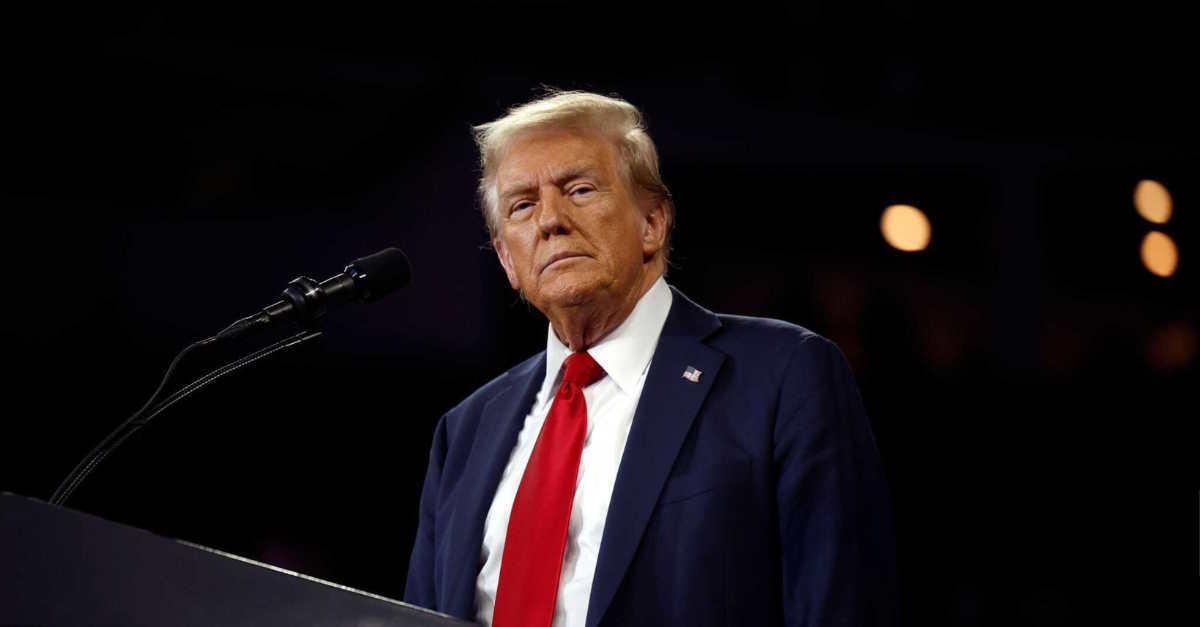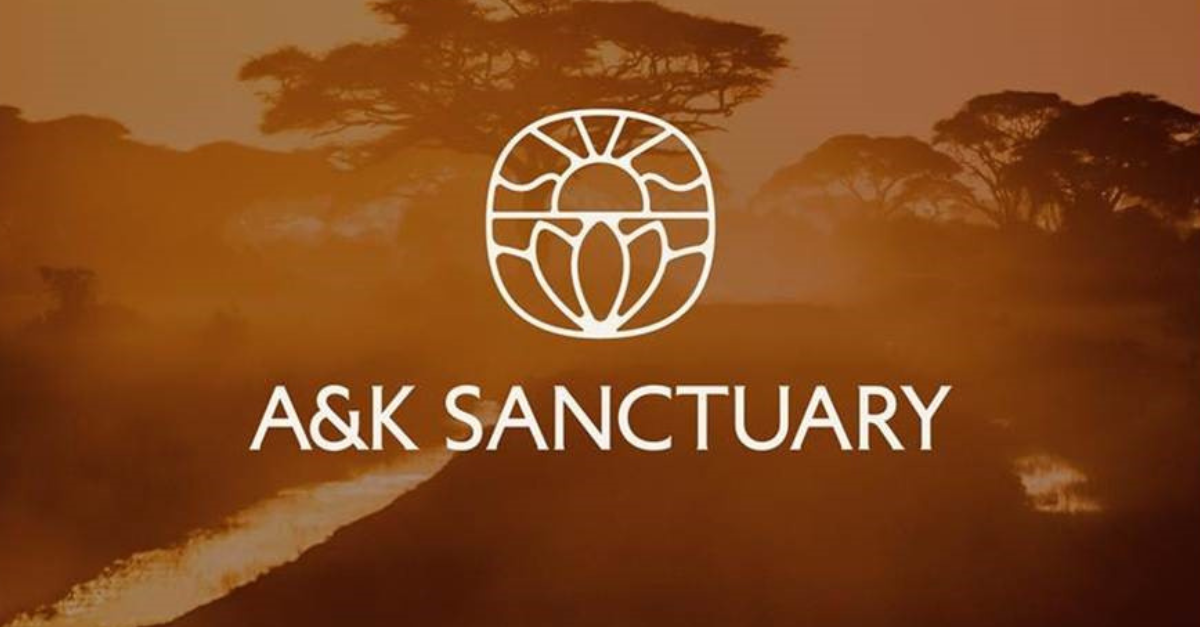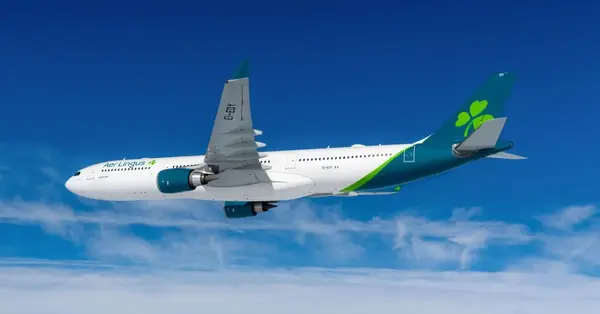You are viewing 1 of your 2 free articles
Analysis: Trade tariffs and the outlook for travel
The wholesale US imposition of tariffs on trade in goods has raised the prospect of a global recession and sent stock markets plunging.
The tariffs, broader and at higher rates than expected, were suspended for 90 days on the day of their coming into force. But a 10% tariff remains on all goods imports to the US, with a 25% tariff on cars, steel and aluminium – so nothing has changed from the UK point of view – and a full-scale trade war is underway between the US and China.
The 90-day suspension of full tariffs also does nothing to end the uncertainty around the economic outlook, it merely extends it
What does this mean for travel?
A recession would inevitably hit demand, and talk of a downturn only increases the chances of this occurring. But the shorter-term impacts are likely to be contradictory.
The oil price has already fallen to its lowest in four years with Brent crude trading below $65 a barrel, allowing airlines some scope to cut fares if demand falters.
The exchange rate of the dollar has been bouncing around on financial markets, with sterling improving to $1.34 immediately following the tariffs announcement but subsequently falling back to $1.28 on the day (April 9) the main tariff rates came into force.
So, it’s too soon to know whether the US will become more affordable for UK visitors amid the economic turmoil.
The most immediate impact on business is likely to be a hold on investment – including recruitment. Indeed, a degree of paralysis is likely as most economic actors take a wait-and-see approach to whether the tariffs stick, how other governments react and whether deals of any kind are struck.
Employees will be more aware of their job security, consumers more likely to be cautious. A delay in holiday booking decisions, already noted among families, may be exacerbated.
Equity and financial markets will seesaw around, responding to any indicator no matter how contradictory. But the longer tariffs remain in place, the greater the trajectory downward.
Despite President Trump’s propensity for deals, there appears a dawning realisation that these tariffs may not be a negotiating ploy, despite some room for manoeuvre. Indeed, the fact that bilateral deals may bring changes to some tariffs adds to the uncertainty.
Lengthy trade war
But China’s refusal to bow to the US is likely to ensure a lengthy trade war between the world’s two biggest economies, with implications for all.
The simple formula the US administration has used to set the tariffs – the size of the US trade deficit in goods with a country, divided by the volume of US imports from that country, divided by two – also makes it hard to carve out concessions.
Inflation seems set to rise, especially in the US, which may damage Trump’s standing – although the concern in China and Japan, the world’s second and third largest economies, is deflation.
However, Trump’s government appears likely to slash taxes and even make pay-outs to households from tariff revenue. This could not only bolster US popular support for the measures but would entrench the tariffs, making them hard to remove without re-hiking tax rates.
US business leaders’ support for Trump has already begun to fracture, most notably with his billionaire supporter and freelance government ‘efficiency’ Tsar Elon Musk slamming Trump trade advisor Pete Navarro as a “moron” for advocating tariffs.
Trump distancing himself from Musk?
But Trump already appears to be distancing himself from the increasingly unpopular Musk.
Commentators have harked back to the 1930s and the Smoot-Hawley tariffs introduced by the US in 1930 which exacerbated the Great Depression, leading international trade to spiral.
They note the value of global trade fell by two thirds between 1929 and 1933. But the tariff rates now suspended eclipse those.
At the same time, trade is now three times as big a share of global GDP as it was in 1929, suggesting today’s tariffs could have a magnified effect.
Yet as a counterweight to that, US international trade comprises a smaller share of world trade (just over 10%) than China’s (12%) or the EU’s (29%), and services – which comprise 20% of world trade – are not affected.
The reality is no one can chart the outcome of the current situation. The only certainty is that things have changed and are not going back to how they were.
The industry has enjoyed two remarkably good years post-pandemic, and this year has shown every sign of being on a par with 2024, so there is no cause for despair.
But a deteriorating economic outlook and further UK tax rises in the autumn now seem certain, and a downturn appears more likely than not.


















